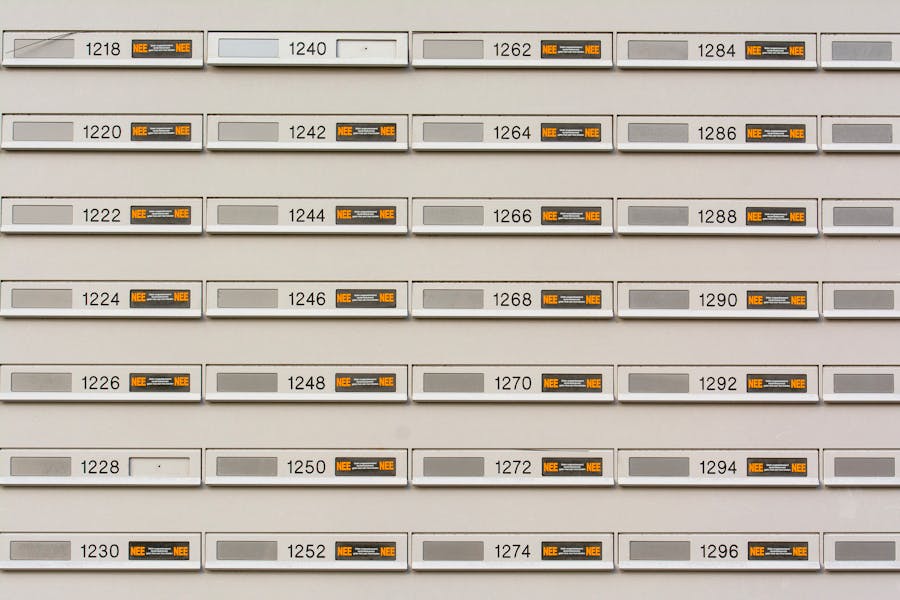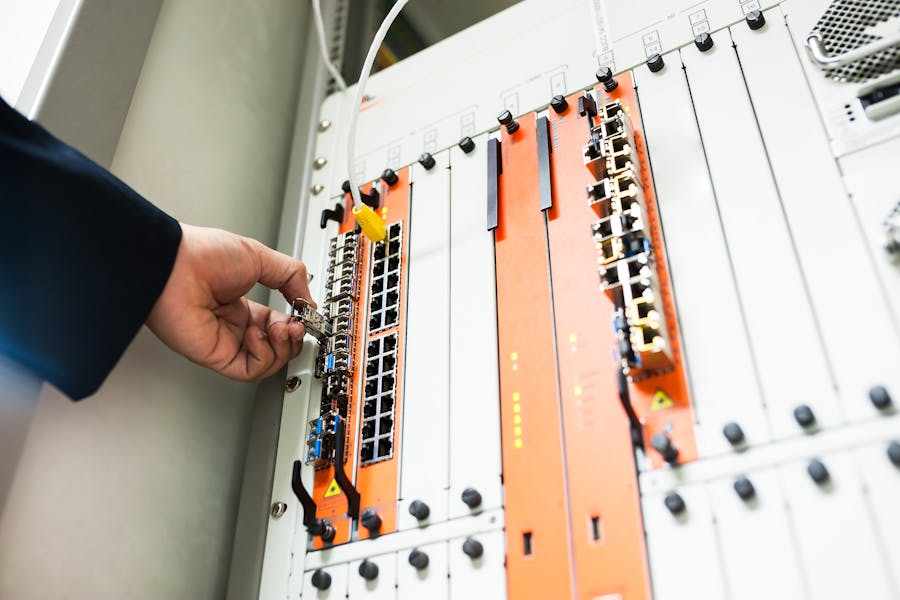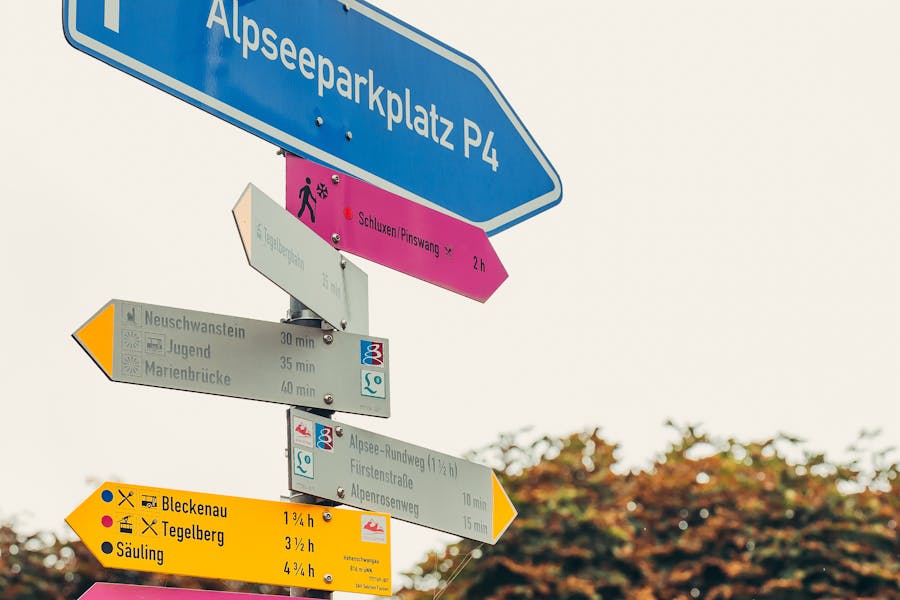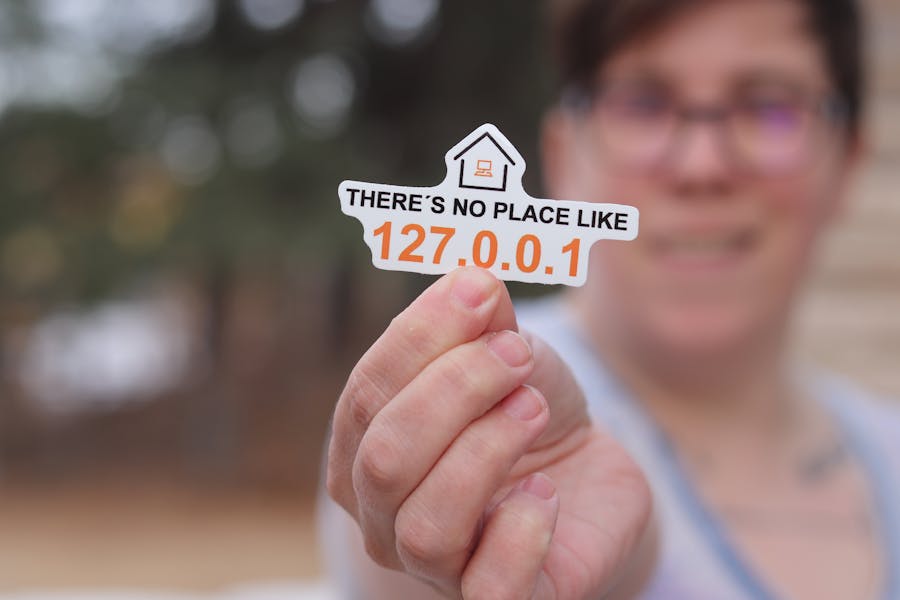
Have you ever stopped to wonder how billions of devices connect seamlessly across the globe? From smartphones and laptops to smart TVs and IoT gadgets, everything online relies on one essential component: the IP address.
IP addresses act as digital mailing addresses, ensuring data reaches the right destination. But with so many devices in use today, how many possible IP addresses are there to keep everything running smoothly?
In this article, we break down the total number of IP addresses supported by both IPv4 and IPv6, explain why IPv6 was necessary, and explore how the digital world continues to expand. Understanding IP addressing reveals the hidden infrastructure that powers every click, stream, and search online.
The Role and Significance of IP Addresses in the Digital World
IP addresses are the foundation of modern networking. They function as digital identifiers that enable devices to communicate across a network. Without them, the internet simply wouldn’t work. But to understand how many possible IP addresses there are, we must first understand what an IP address actually is.
An IP address is a string of numbers separated by periods (IPv4) or colons (IPv6). It’s assigned to every device that accesses the internet. When you visit a website, send an email, or stream a video, your device’s IP address is involved in routing that data correctly. It ensures the right information ends up in the right place.
There are two major versions of IP addresses: IPv4 and IPv6. IPv4 has been around since the early days of the Internet and uses a 32-bit address scheme. This allows for about 4.3 billion unique addresses. At the time it was created, no one imagined the internet would explode in popularity, so 4.3 billion seemed like more than enough.
However, as the internet grew, the limitations of IPv4 became apparent. With smartphones, smart TVs, smart fridges, and even smart cars now online, the number of available IPv4 addresses began running out. This led to the development of IPv6, which uses a 128-bit address format. This dramatically expands the number of possible addresses.
Understanding the number of possible IP addresses isn’t just a numbers game. It helps us understand how the internet scales, why address allocation is important, and what technologies have been implemented to stretch the usability of existing IP ranges. From network admins to everyday users, knowing the limits of IP addressing can offer valuable insight.
Differences Between IPv4 and IPv6 Address Capacity
IPv4 and IPv6 are two versions of Internet Protocol addressing, each with vastly different capacities. Understanding their differences reveals how the internet scales.
IPv4 Address Capacity: A Finite Resource
IPv4 uses a 32-bit numerical address format, which limits the total number of unique addresses to approximately 4.3 billion (2^32). While that seemed abundant during the early days of the internet, the explosive growth of connected devices quickly revealed the limitations of this system. With smartphones, laptops, servers, and IoT devices consuming more IPs than ever, IPv4’s exhaustion became a pressing concern.
IPv6: A Vast Expansion of Address Space
To overcome the limitations of IPv4, IPv6 was developed. Unlike its predecessor, IPv6 utilizes a 128-bit address format. This means it can support 2^128 possible addresses, which translates to roughly 340 undecillion—an astronomically larger number. This vast address pool ensures that the world will not run out of IP addresses anytime soon, even as global connectivity continues to accelerate.
Address Reservation and Private Use
It’s important to note that not all IPv4 addresses are available for public use. Certain ranges are reserved for private networks, loopback interfaces, and other specialized functions, further reducing the usable address count. IPv6 also includes reserved ranges, though its immense capacity makes this less impactful.
The Shift to IPv6 and Its Challenges
IPv6 introduces enhanced features like better routing, integrated security, and simplified configuration. However, global adoption is still ongoing, slowed by older systems and infrastructure that lack native IPv6 support.
IP Address Capacity in IPv4 and IPv6 Systems
The number of possible IP addresses depends on the version of the Internet Protocol in use. IPv4 and IPv6 have vastly different capacities due to their structural differences.
- IPv4: 2³² = 4,294,967,296 total addresses
IPv4 uses a 32-bit addressing format, which allows for just over 4.2 billion unique addresses worldwide. - Usable IPv4 Addresses: Approximately 3.7 billion
Due to reserved ranges for private networks, testing, and special uses, not all IPv4 addresses are available for public assignment. - IPv6: 2¹²⁸ ≈ 340 undecillion addresses
IPv6 dramatically expands the address space using a 128-bit format, enabling about 340 trillion unique addresses. - Usable IPv6 Addresses: Effectively limitless
Even after accounting for reserved blocks and infrastructure requirements, the IPv6 space remains vastly abundant for foreseeable needs. - Why IPv4 Was Exhausted
The rapid growth of internet-connected devices, like smartphones, smart homes, and IoT sensors, quickly consumed the limited IPv4 pool. - The Need for IPv6
To support future internet expansion, IPv6 is essential for scalability, efficiency, and global connectivity.
Reasons Behind the Expansion of IP Address Space
The internet wasn’t always a global necessity. In its early days, a few million addresses seemed sufficient. But rapid growth in technology changed everything. Smartphones, smart homes, industrial IoT, and cloud computing created an insatiable demand for unique identifiers.
One of the key turning points was the rise of mobile devices. Every phone that connects to the internet needs its own IP. As cellular networks expanded, so did the number of users. Add in laptops, tablets, smart watches, and sensors, and you can see how quickly the address pool was exhausted.
Furthermore, the development of the Internet of Things has taken address usage to another level. Every smart light bulb, thermostat, refrigerator, and security system now needs a unique IP to function correctly. That demand simply cannot be met by IPv4.
This is where IPv6 becomes essential. Its nearly infinite address space means it can support every conceivable device, even decades into the future. It allows for better hierarchy and routing, making networks faster and more efficient.
So when people ask, “How many possible IP addresses are there?” they’re often surprised by the scale. It’s not just about big numbers—it’s about the technology that keeps the internet growing.
Practical Availability of IP Addresses in IPv4 and IPv6
While the theoretical number of IP addresses is enormous, not all are usable in real-world scenarios. Practical limitations reduce what’s truly available for use.
IPv4 Allocation and Limitations
Although IPv4 offers over 4.3 billion theoretically possible addresses, not all are usable. Around 3.7 billion of these are available for public assignment. The remaining blocks are reserved for specific purposes such as private networks, testing environments, and loopback addresses. These limitations significantly reduce the number of IPv4 addresses that can be used globally.
IPv6: More Than Enough Capacity
IPv6 offers an address space so vast that it’s difficult to conceptualize. With approximately 340 undecillion possible combinations, it can assign trillions of addresses to every person on the planet—and still have more to spare. This abundance ensures that IP exhaustion won’t be a concern for the foreseeable future, even with the rise of smart homes, wearable tech, and industrial IoT.
Network Address Translation (NAT)
NAT has played a crucial role in extending the life of IPv4. By allowing multiple devices within a private network to share a single public IP address, NAT reduces the demand for public IPv4 addresses. While effective, this workaround adds complexity to networking and isn’t necessary with IPv6.
Geolocation and Future Management
IP addresses are often used to determine a user’s approximate location, supporting services like targeted content and regional restrictions. As more devices come online, efficient IP management, especially in IPv6, will be essential to support scalability, security, and future innovation.
Conclusion
The question “How many possible IP addresses are there?” highlights the scale of our global connectivity. IPv4’s 4.3 billion addresses were once more than enough, but not anymore. The internet’s growth made the transition to IPv6 inevitable. With its 340 undecillion addresses, IPv6 ensures we never run out.
From daily smartphone users to engineers building smart cities, everyone benefits from this digital infrastructure. Understanding IP address limits empowers us to better design, secure, and future-proof our networks.
FAQ’s
Why are IPv4 addresses limited?
IPv4 uses a 32-bit addressing scheme, which mathematically caps the total number of unique addresses at around 4.3 billion, limiting global availability.
Are IPv6 addresses being used globally now?
Yes, IPv6 is in active use across the world, but adoption remains gradual due to legacy hardware and software still dependent on IPv4 systems.
Can IP addresses be reused?
Absolutely. Dynamic IP addresses are often reassigned by ISPs to different devices when they disconnect and reconnect, especially in home environments.
Will we ever run out of IPv6 addresses?
It’s virtually impossible. With 340 undecillion possible addresses, IPv6 can accommodate global connectivity for centuries, even with massive device growth.
How do private IP addresses fit into this?
Private IP addresses are designated for internal network use only and not routed on the public internet, helping conserve public address space.






